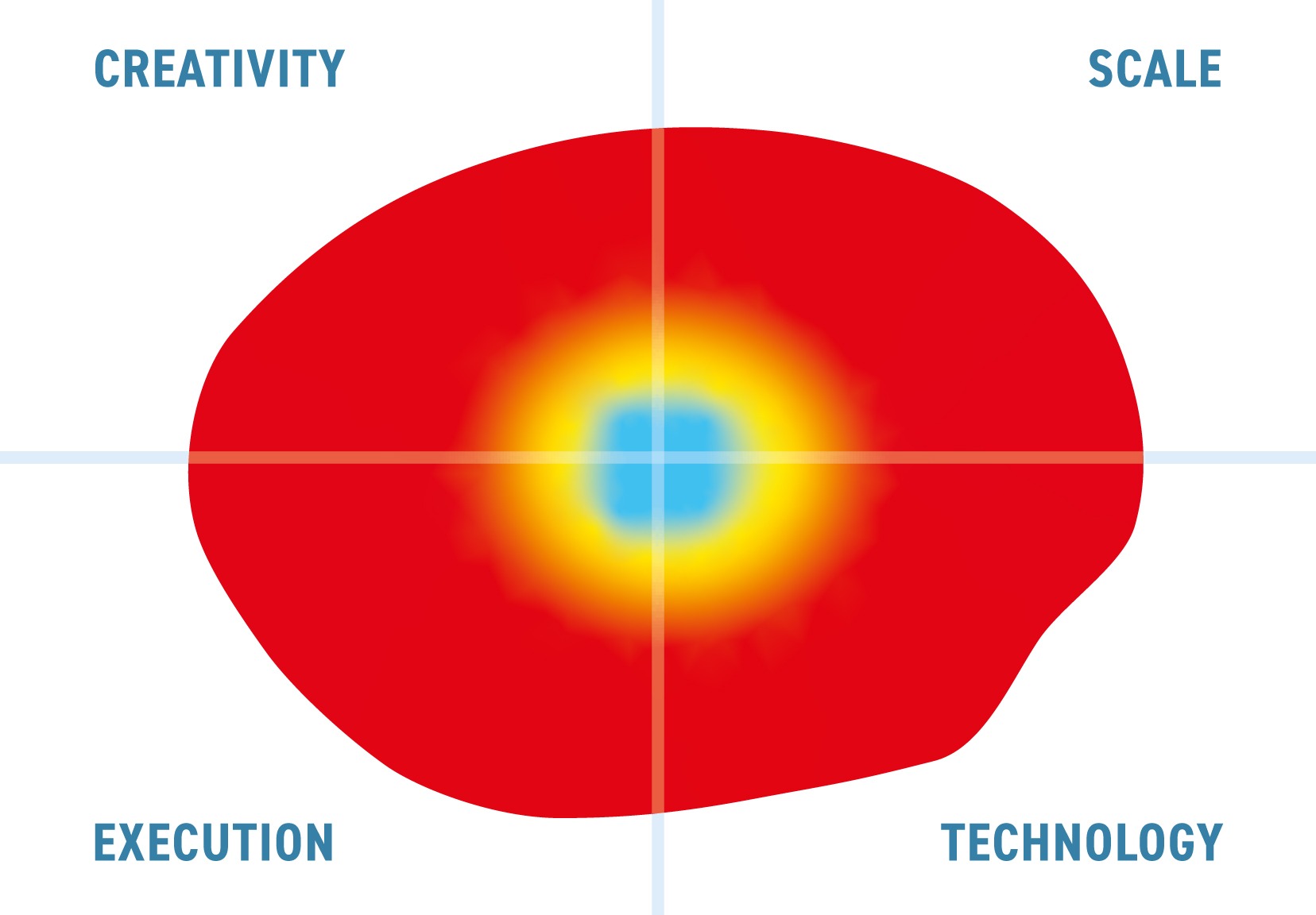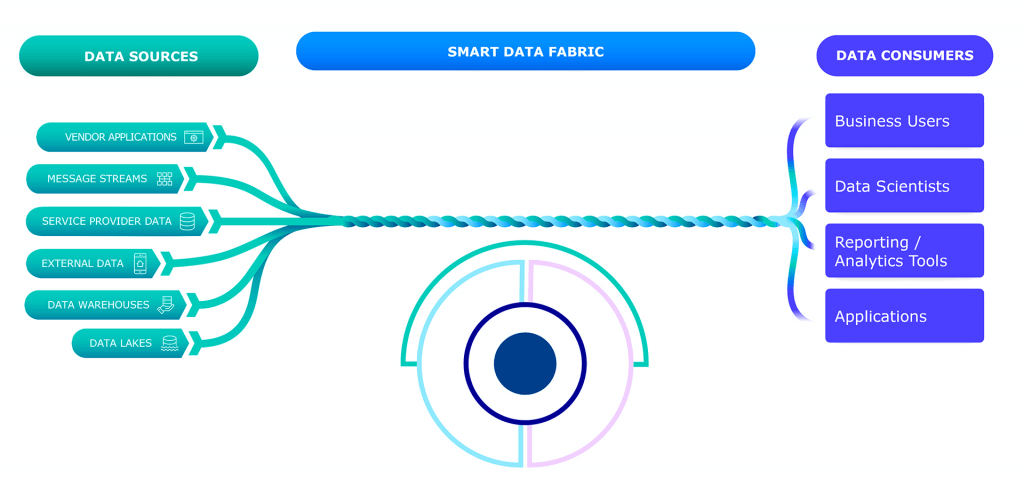InterSystems and the Data Fabric
Update solution on February 28, 2024

What is it?

InterSystems’ flagship product is InterSystems IRIS, a multi-model data platform that is capable of storing and managing data in multiple data models, such as relational, document, object, key-value, and graph models. As well as the core database, IRIS has a real-time analytics layer with a substantial AI-driven capability. IRIS can either “connect or collect”, meaning that it can process and query data that resides in the original source systems or can cache and store data separately for efficiency reasons. The ability to handle distributed queries in this way, the semantic layer that it has and the ability to handle graph models mean that it is well suited to a modern data fabric architecture. Indeed, the company found a customer using it to replace a prior home-grown data fabric before they had explicitly marketed IRIS for this purpose. The same customer found that the IRIS-based architecture performed nine times faster than their previous one, using 30% of the processing power.
InterSystems describes the use of InterSystems IRIS in data fabric architectures as the Smart Data Fabric.
Customer Quotes
“I believe InterSystems IRIS is the most important core system driving our digital transformation forward.”
Masashi Maeda, Senior Managing Executive Officer
“We deal with a lot of data – millions of records – and every second matters. The data that is relevant now will not be relevant in five minutes. I’ve been working with data for 25 years. We have tried a few solutions and finally found something that works.”
Jey Amalraj, Chief Technology Officer, Harris Associates
What does it do?
The IRIS database is a hybrid multi-model database. This allows it to manage a rich variety of different models and data types such as time series, documents etc. There is a federated query engine to allow queries to be distributed and executed at source systems where appropriate, very much in the data fabric philosophy.

Of course, in the real world, some data will end up being reused, and so there may be a need for caching of data for efficiency reasons. IRIS can also store data directly, so a customer can choose what data is accessed within IRIS and what data is accessed remotely, a choice that will be driven partly by query execution efficiency. The product has a reputation for strong scalability, a recurring theme in dozens of customer testimonials that I examined. The US Department of Veterans Affairs uses IRIS across 3 petabytes of data running on AWS, for example. One US healthcare provider uses IRIS to combine 300 million data elements from 56,000 healthcare providers, generating 9 million alerts a month related to patients or medical tests.
Within the IRIS catalogue, there is a capability to build cloud-based data services, which can be exposed to other applications. These data services can be combined into specific applications, and indeed IRIS has extensive application-building capability and several partners that build applications using it for various vertical applications in healthcare and finance, and also in the supply chain field. There is no explicit knowledge graph capability within the product, though given the nature of the IRIS database, third party partners have built such a tool on top of the core database. IRIS includes visual tools designed for data stewards to easily manage data and semantic models. There is also a data pipeline management tool that has a dashboard for scheduling.
InterSystems has a natural language interface and has built AI chatbots that are specific to certain industries. They have a data transformation language of their own, and they are building an AI co-pilot product for this.
Why should you care?
IRIS has a broad range of capabilities that enable its use as the basis of a modern data fabric architecture. It has a distributed query capability, a data catalogue, a flexible database architecture, an integration platform, a semantic layer and AI-driven analytics, all embedded in the InterSystems IRIS data platform. There is probably no single vendor that provides every single element of a complete data fabric architecture, but InterSystems provide many of the most important elements.
The bottom line
InterSystems has a very well-proven product that provides many key components of a modern data fabric architecture. Its strengths in scalability and rich set of partner applications make it a serious contender if you are considering implementing a data fabric architecture.
Related Company
Connect with Us
Ready to Get Started
Learn how Bloor Research can support your organization’s journey toward a smarter, more secure future."
Connect with us Join Our Community
